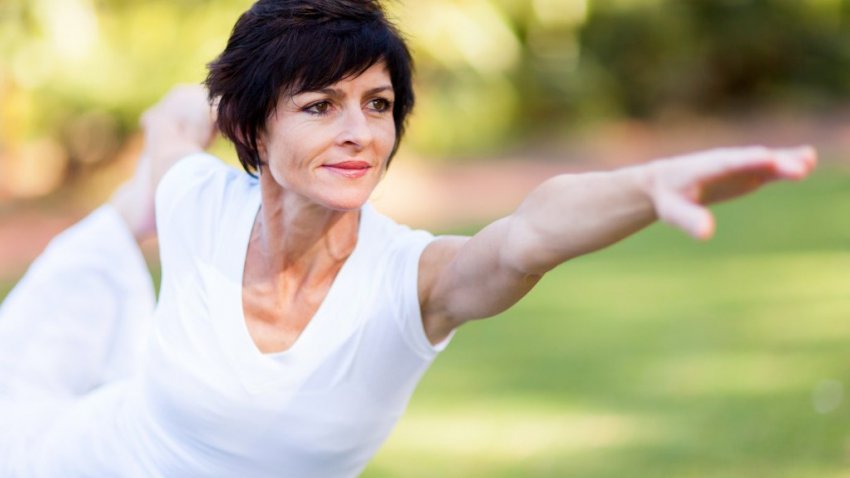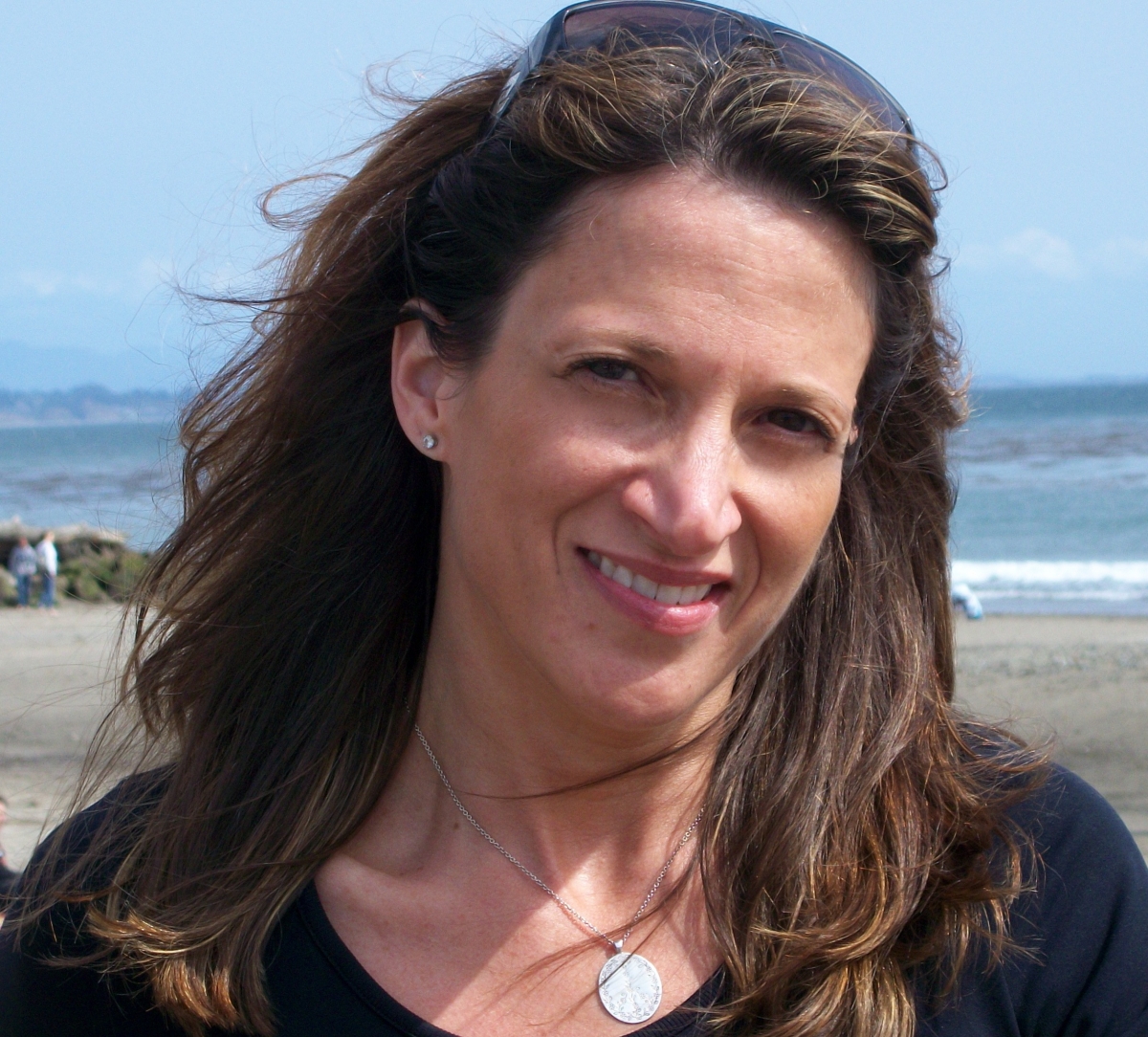View basket (0 items $0.00)
Error message
- Notice: unserialize(): Error at offset 5 of 154 bytes in variable_initialize() (line 1202 of /home/dh_6hcdc2/yogau.online/docroot/includes/bootstrap.inc).
- The file could not be created.
- The file could not be created.

Complementary Therapies like Yoga Ease the Pain of Osteoarthritis
Our joints bear the brunt of our daily actions and movements. For some people, joint wear and tear leads to osteoarthritis (OA), an often painful and progressive condition resulting in stiff or tender joints and reduced range of motion, which can severely affect quality of life as we get older.. Yoga has long been considered a treatment to ease the pain, but how does it compare to other complementary therapies?
Approximately one in two people (50%) will receive a diagnosis of OA in their lifetime. OA is the result of damage to the protective cartilage that protects bones and joints. The most common causes of the disease are age, injury and obesity. Most often OA occurs in the knees, hips, back, wrists and hands, but other joints can also be affected.
Although there is no cure for OA, there is some evidence that continued gentle movements may help to reduce pain and improve joint function. Other complementary approaches such as massage and acupuncture, have also showed some promise in relieving OA symptoms.
A recent review, published in Pain Management Nursing, explored the scientific evidence regarding the effectiveness of a number of CAM (complementary and alternative medicine) therapies. Authors examined all randomized controlled trials (RCTs) and systematic reviews published or presented between 1995 and 2011 in which tai chi, acupuncture, yoga, and massage therapy were evaluated as treatments for OA.
A total of 29 studies were identified. Of those the most common types of complementary treatment were acupuncture (11), tai chi (8), yoga (2), and massage (2).
Putting complementary therapies to the test
Acupuncture involves the use of small needles at particular points in the body to unblock energetic pathways or meridians. Derived from Chinese medicine, acupuncture is well recognized as a complementary therapy for the treatment of pain.
A review of studies using acupuncture for OA revealed considerable variation in the number of acupuncture sites stimulated per visit, the duration and number of sessions, and the type of control group used. Most studies focused on knee OA.
There is some evidence that acupuncture helps to relieve OA pain and improve physical function, however the findings are mixed. The effectiveness of acupuncture compared to other complementary therapies (e.g. yoga, tai chi and massage), and the long-term effects are not known.
Tai chi combines mindful breathing with gentle movement and meditation. Classes typically occur in a group format.
The existing research suggests that tai chi practice is associated with short-term reductions in pain and stiffness, and improved quality of life and physical functioning. It’s effectiveness compared to other complementary therapies or exercise programs has yet to be established.
Yoga combines breath exercises and meditation, as well as physical postures designed to increase flexibility, strength, and range of motion. Two studies were included that used yoga as an adjunctive treatment for adults with OA.
In the first study participants engaged in 60-minute yoga classes once per week, for eight weeks. Participants in the yoga group reported significant improvements in hand pain and tenderness as well as increased range of motion at the 10-week follow-up compared to controls.
In the second study adults participated in two 60-minute yoga sessions for eight weeks as well as 60 minutes of home practice per week. Over the eight-week study period, those in the yoga group reported significant reductions in pain and depressive symptoms, and improvements in flexibility, balance, and physical health. Authors concluded that yoga may be safe and effective for adults with OA, however the effects of yoga compared to other conventional or complementary therapies remains unknown.
Massage therapies vary greatly. They are commonly defined as the manipulation of sore, tender, or contracted muscles using direct manual contact.
The two studies reviewed suggest that massage therapy is feasible and safe for older adults with OA. Short-term improvements in pain, stiffness, and functioning were detected for those receiving massage therapy compared to usual treatment controls. It is not known how massage therapies compare to acupuncture, tai chi or yoga in the treatment of OA symptoms.
It’s all good: choose a therapy that works for you
This review suggests that complementary therapies such as acupuncture, tai chi, yoga and massage may be safe and effective for reducing OA symptoms including joint pain and stiffness, and increasing range of motion, physical function, and quality of life.
It is important to choose a therapy that you are able to participate in consistently. Consider which type of therapy best suits your lifestyle, finances, and which will be the most enjoyable in the long run. Consistency is key to achieving lasting results.
 B Grace Bullock, PhD, E-RYT 500 is a psychologist, research scientist, educator, author, yoga and mindfulness expert and creator ofBREATHE: 7 Skills for Mindful Relationships. Her mission is to reduce stress, increase health and wellbeing and improve the quality of relationships. She offers classes, workshops, writing and research that combine the wisdom of applied neuroscience, psychophysiology, psychology and contemplative science and practice. Her goal is to empower individuals, groups, leaders and organizations to reduce chronic stress and increase awareness, attention, compassion, mindfulness and effective communication to strengthen relationships, release dysfunctional patterns and unlock new and healthy ways of being. Dr. Bullock is a Certified Viniyoga Therapist and Faculty at the Integrated Health Yoga Therapy (IHYT) Training program. She is the former Senior Research Scientist at the Mind & Life Institute and former Editor-in-Chief of the International Journal of Yoga Therapy. For more information see www.bgracebullock.com
B Grace Bullock, PhD, E-RYT 500 is a psychologist, research scientist, educator, author, yoga and mindfulness expert and creator ofBREATHE: 7 Skills for Mindful Relationships. Her mission is to reduce stress, increase health and wellbeing and improve the quality of relationships. She offers classes, workshops, writing and research that combine the wisdom of applied neuroscience, psychophysiology, psychology and contemplative science and practice. Her goal is to empower individuals, groups, leaders and organizations to reduce chronic stress and increase awareness, attention, compassion, mindfulness and effective communication to strengthen relationships, release dysfunctional patterns and unlock new and healthy ways of being. Dr. Bullock is a Certified Viniyoga Therapist and Faculty at the Integrated Health Yoga Therapy (IHYT) Training program. She is the former Senior Research Scientist at the Mind & Life Institute and former Editor-in-Chief of the International Journal of Yoga Therapy. For more information see www.bgracebullock.com
Featured Courses








